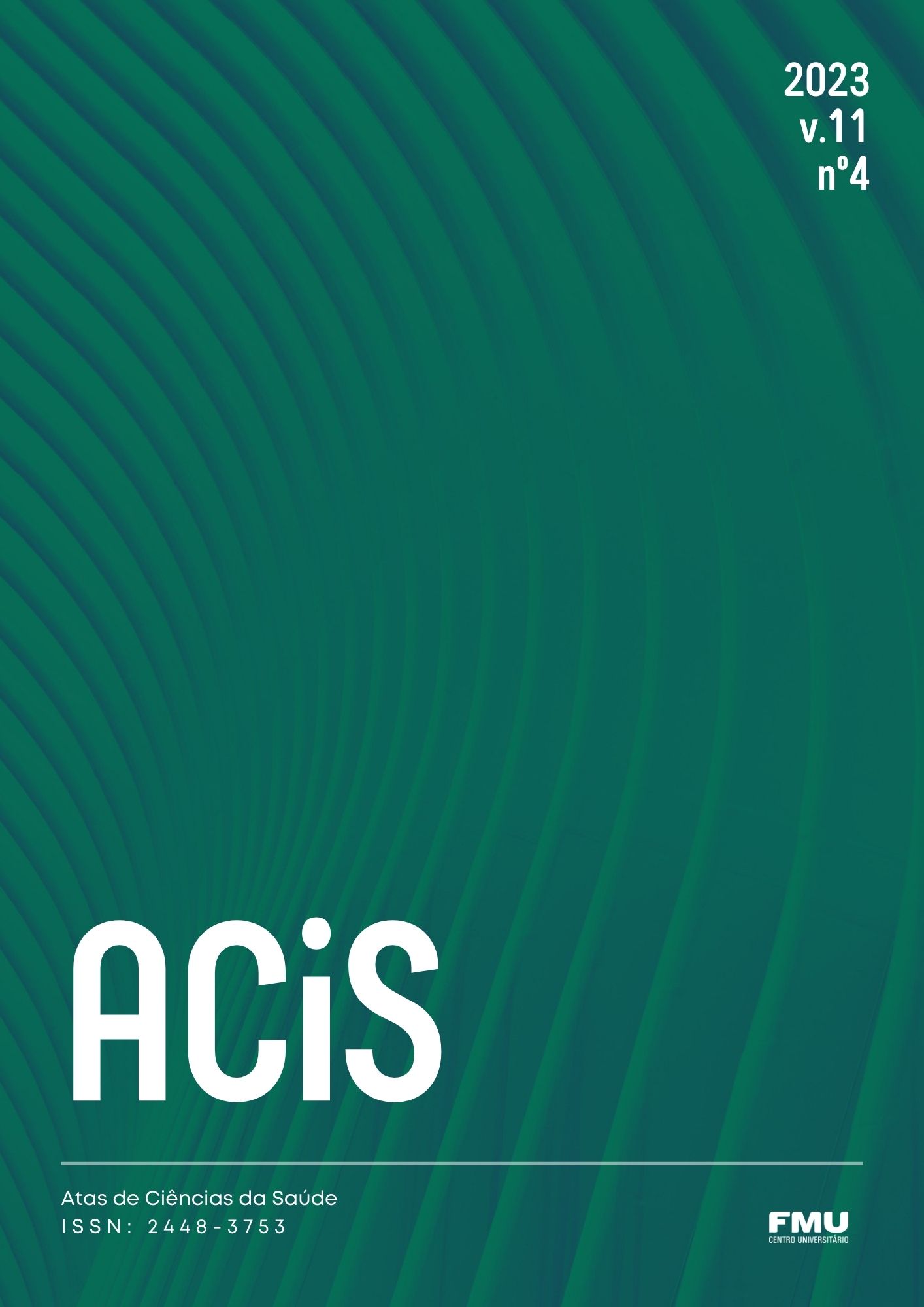A Eficácia de fotoproteres como prevenção do câncer de pele
Abstract
According to the Brazilian Society of Dermatology, skin cancer is the most prevalent neoplasm in Brazil, accounting for 33% of all diagnoses. The National Cancer Institute (INCA) registers around 180 new cases each year. The most common are basal cell and squamous cell carcinomas, melanoma is the most aggressive and represents about 3% of cancers. Among the risk factors that contribute to the appearance of this type of cancer are: genetic factors and ultraviolet radiation. And epidemiological studies show a strong association between the development of melanoma and the frequency of episodes of severe burn induced by ultraviolet radiation. Being the use of sunscreen one of the main measures of prevention as skin cancer prevention, the sunscreen, are substances capable of absorbing, reflecting or refracting ultraviolet radiation and thus topic protect the skin from exposure to sunlight. This article aims to verify the efficacy and correct way of using photoprotectors to prevent the appearance of neoplastic lesions
Downloads
Published
Issue
Section
License
Copyright (c) 2023 Grazielle Prado Alexandre, Stefani Lameze, Priscila Ferreira Silva

This work is licensed under a Creative Commons Attribution-NonCommercial 4.0 International License.
Autores que publicam nesta revista concordam com os seguintes termos:
- Autores mantém os direitos autorais e concedem à revista o direito de primeira publicação, com o trabalho simultaneamente licenciado sob a Licença Creative Commons Attribution que permite o compartilhamento do trabalho com reconhecimento da autoria e publicação inicial nesta revista.
- Autores têm autorização para assumir contratos adicionais separadamente, para distribuição não-exclusiva da versão do trabalho publicada nesta revista (ex.: publicar em repositório institucional ou como capítulo de livro), com reconhecimento de autoria e publicação inicial nesta revista.
- Autores têm permissão e são estimulados a publicar e distribuir seu trabalho online (ex.: em repositórios institucionais ou na sua página pessoal) a qualquer ponto antes ou durante o processo editorial, já que isso pode gerar alterações produtivas, bem como aumentar o impacto e a citação do trabalho publicado (Veja O Efeito do Acesso Livre).





